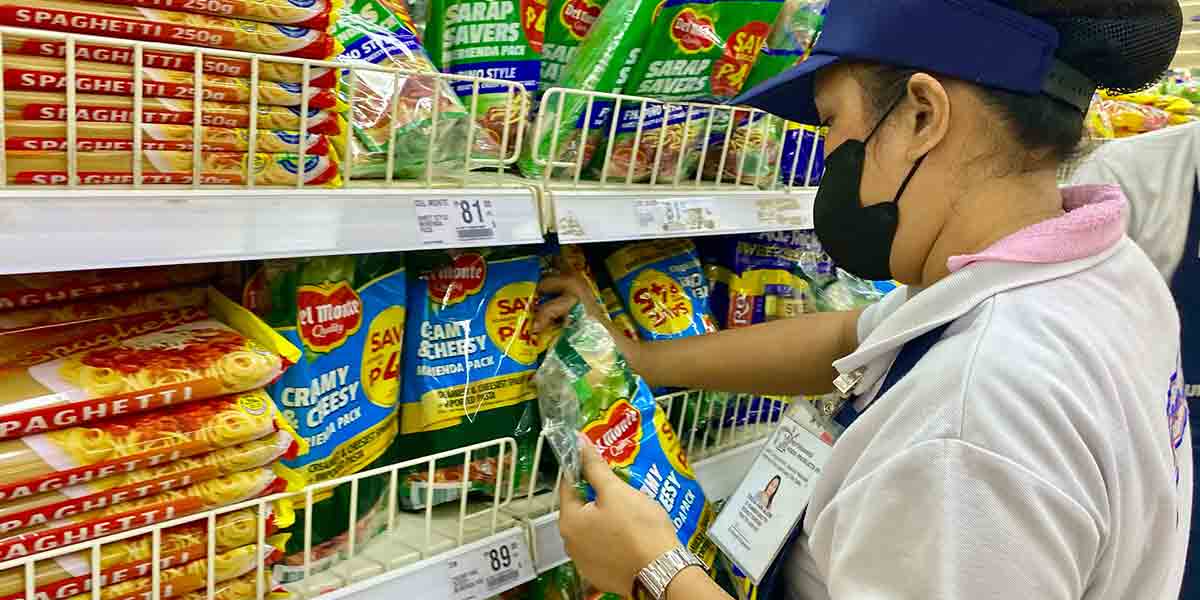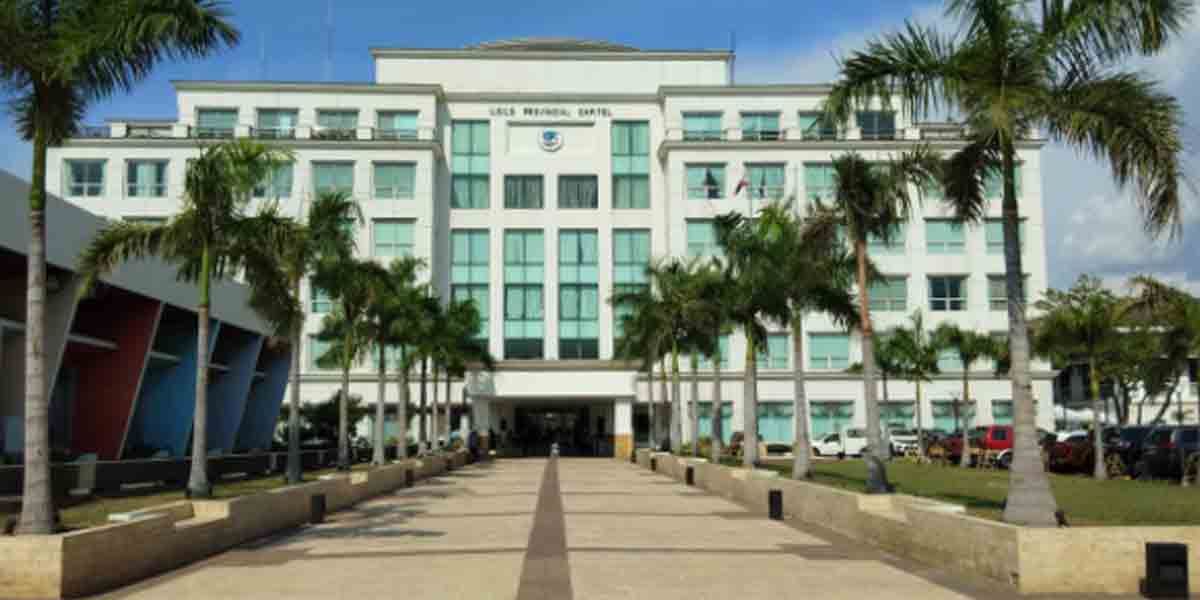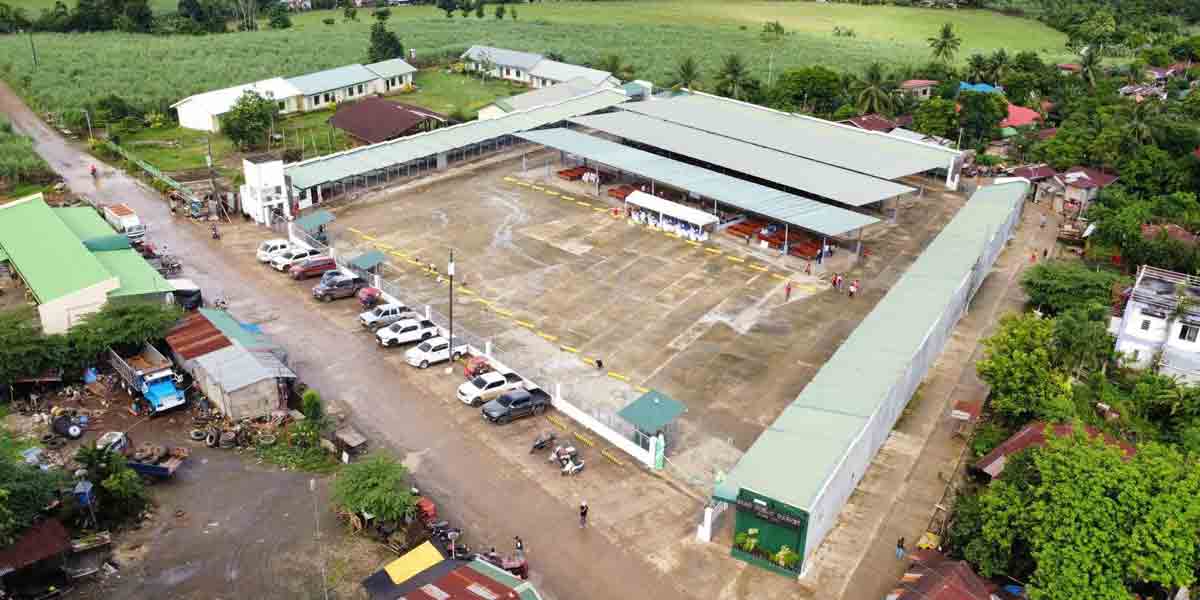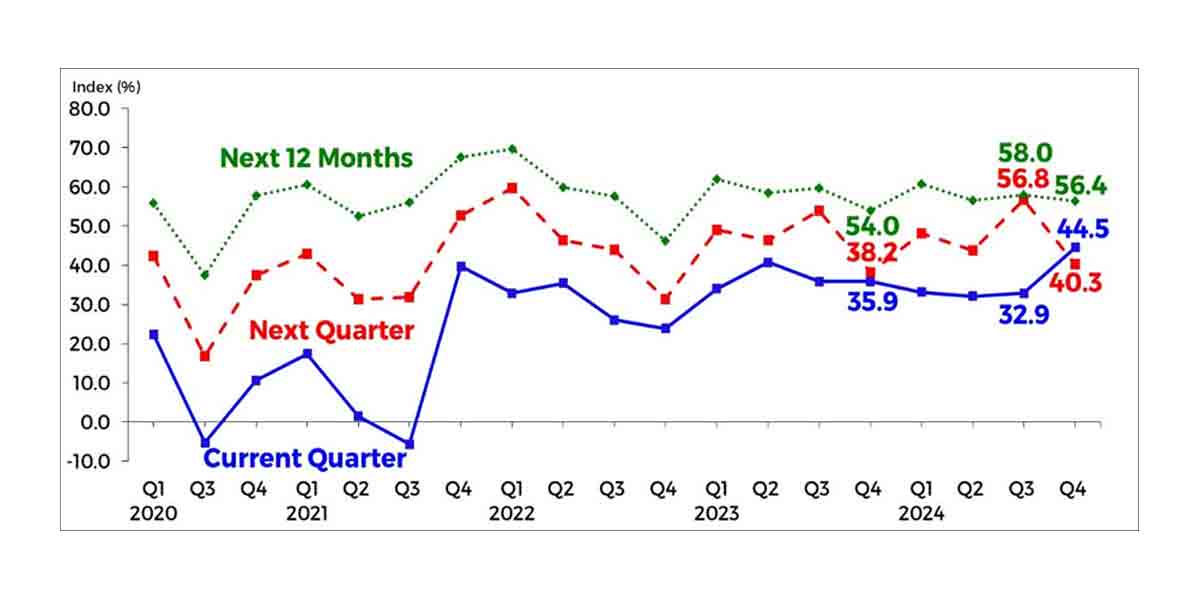By John Noel E. Herrera
The Department of Health (DOH)-6 has issued a warning to the public against possible health hazards that can be associated with the rising temperature during the dry season.
DOH-6 senior health program officer John Richard Lapascua reminded the public to be extra careful, as heat exhaustion, heat stroke, dehydration, and food and waterborne diseases are some of the common health risks they might experience during summer.
Health experts define heatstroke as a condition where the body overheats after prolonged exposure or activities when the temperature is high, while heat exhaustion is the body’s response to an excessive loss of water and salt, usually through excessive sweating.
Lapascua noted that heat exhaustion can lead to heatstroke if left unaddressed, which is already considered a medical emergency.
“Kung hindi naton matapna ang heat exhaustion, it can lead to heat stroke nga kung pamatyagan mo ang lawas sang patient, very hot. Ang skin nagapalamula kay too much exposure sa heat and ang pulso ya madasig,” Lapascua said in an interview with Radyo Pilipinas Iloilo.
Some symptoms of heatstroke include confusion, loss of consciousness, dry skin, profuse sweating, seizures, and very high body temperature.
He urged the public who will go outside to wear hats or use umbrellas, and avoid going out between 10 a.m. and 2 p.m. as it is commonly the hottest time of the day.
“Kun kis-a nagakalipat kita magdala payong kay daw kaya pa man ang init pero galing di naton mapaktan ang weather and we are also prone to sunburn or skin irritations,” Lapascua added.
Lapascua stressed that the public should also be aware of unsafe food and drinks that they might buy outside to avoid food poisoning or acquiring food and waterborne diseases.
“Kun mainit, ang tendency naton mag-inom water or increase intake sang pagkaon. Ang iban bisan ano na lang nga klase sang liquid ang gina-inom, like halo-halo sa sidewalk, wala ta man na gina-discriminate, but it’s just that it can be a source of food poisoning, typhoid fever, and other food and waterborne diseases,” Lapascua said.
“Always gani gina-recommend naton nga ikaw na lang mismo mag-prepare sang imo nga food or magbalon na lang sang imo water nga imnon kay ina sigurado nga safe ang source sina,” he added.
Eating healthy food, especially fruits that are good sources of fluids, can help the public avoid health risks associated with extreme heat as well, according to Lapascua.
“As much as possible, choose your food gid. Ang ginahambal bala nga fruits like melon, they have high fiber and will help you cool yourselves down, especially if mainit,” he said.
Meanwhile, in Iloilo City, Dr. Roland Jay Fortuna, medical officer of the City Health Office (CHO) said that they would put up water stations in some areas of the metro for the public to avail free drinking water.
It is also one way for the city government to help the public, especially those who will travel this coming Holy Week, avoid experiencing health emergencies like heat stroke due to extreme hot weather, according to Fortuna.
On Monday, April 3, 2023, data from Manila Observatory/ Shell Automatic Weather Station (AWS) indicated that the heat index in Iloilo City had already reached 42 degrees Celsius.
The Philippine Atmospheric, Geophysical and Astronomical Services Administration (PAGASA) announced on March 21 the end of the northeast monsoon or amihan season, and the start of the warm and dry season in the country, which is expected to last until May.





















